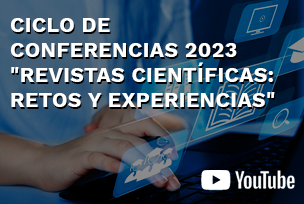Sanmarquino lexicon: preliminary lexicographic study
DOI:
https://doi.org/10.20453/ah.v63i2.3836Abstract
Haensch and others point out that Lexicography is closely related to human life in its most varied aspects, making it the discipline that provides the greatest services to the community (1982). Thus, with the preliminary study of the sanmarquino lexicon, the aim is to demonstrate the contribution of Lexicography not only to linguistic research but also to historical and social research. Dictionaries offer lexical collections, which are undoubtedly the central element of the richness of languages and the human possibility of preserving the memory of their shared experiences (Lara, 2006). In this regard, if lexical repertoires of any kind are not recorded, the possibility of knowing the richness of languages is lost and the memory of the experiences shared by their speakers is also lost. In the sanmarquino lexicon, based on the concepts of modern Lexicography, the lexicographic study of the juvenile language is carried out, definitions are proposed and some processes of formation of the colloquial lexicon used by San Marcos undergraduate students are identified.
Downloads
Published
How to Cite
Issue
Section
License
All articles published in Acta Herediana are under a Creative Commons Reconocimiento 4.0 International license.
The authors retain the copyright and grant the journal the right of first publication, with the work registered with the Creative Commons License, which allows third parties to use what is published whenever they mention the authorship of the work, and to the first publication in this magazine.
Authors can make other independent and additional contractual agreements for the non-exclusive distribution of the version published in this journal, provided they clearly indicate that the work was published in this journal.
The authors can file in the repository of their institution:
The research work or thesis of degree from which the published article derives.
The pre-print version: the version prior to peer review.
The Post-print version: final version after peer review.
The definitive version or final version created by the publisher for publication.







